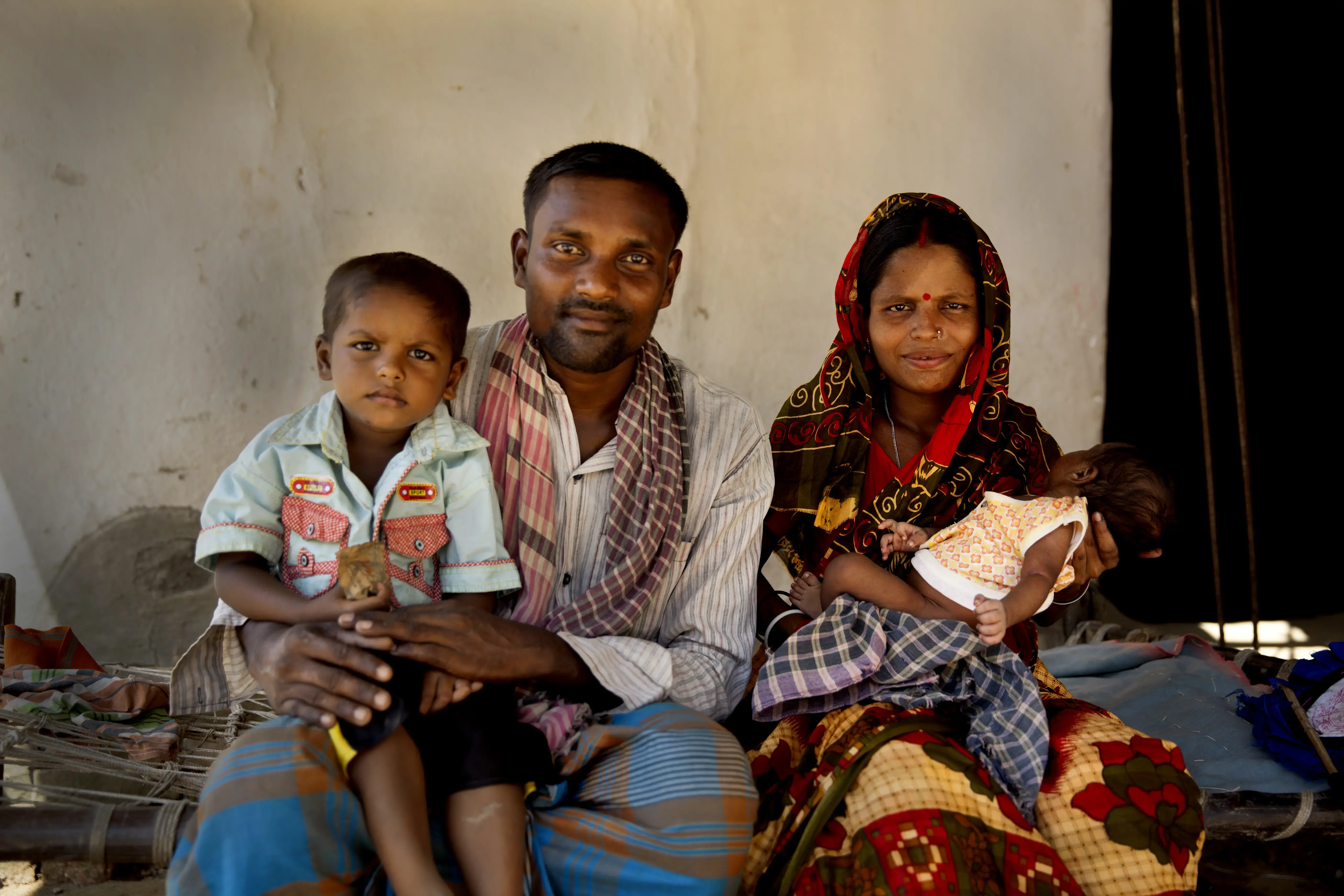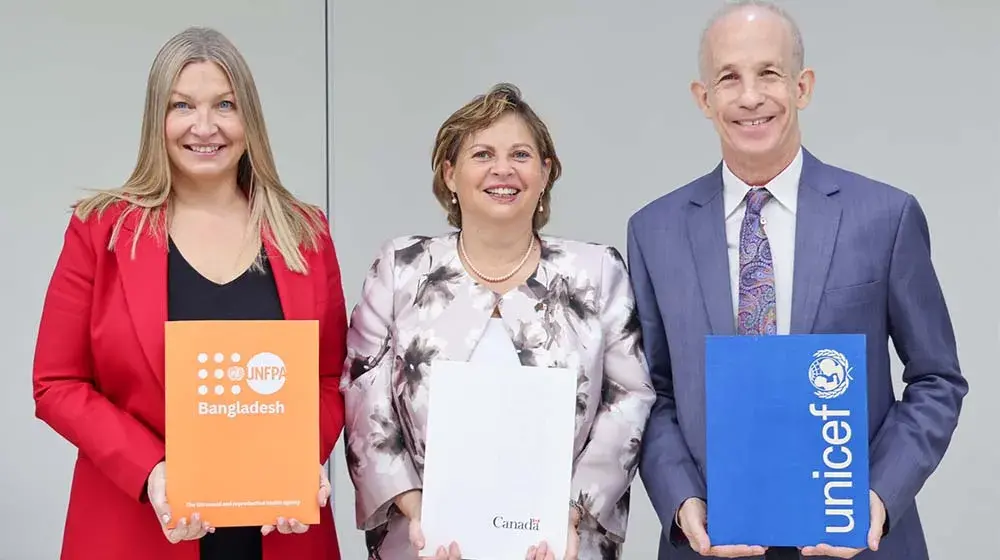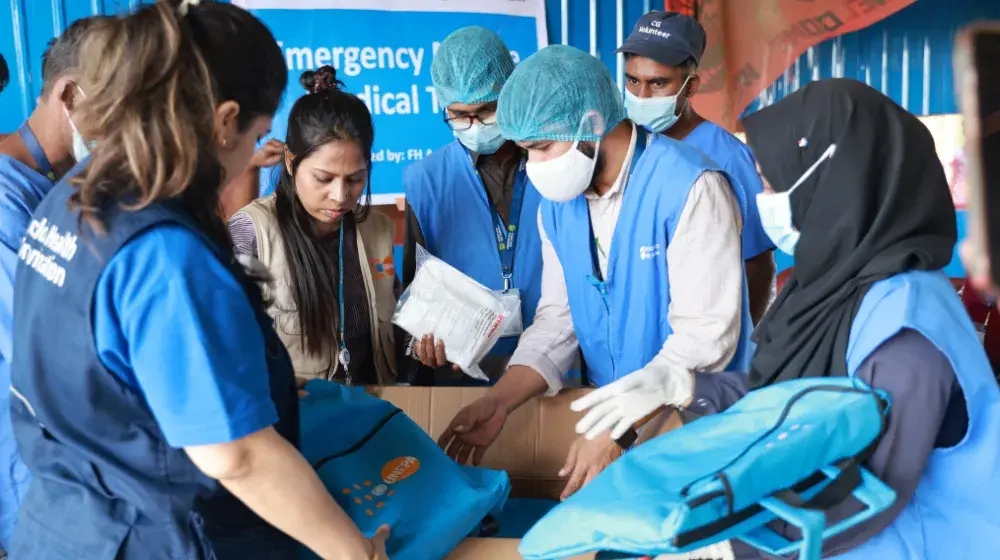Bangladesh has made significant achievements during the last decades in reducing population growth and improving maternal and child health. The reduction in the total fertility rate (TFR) from 6.3 births per woman in 1975 to 3.4 in 1994 and 2.3 in 2011 is encouraging.
However, several areas require further attention to ensure effective family planning in the future:
- Early age at marriage: 62% of women between the ages of 20 and 49 were married below the legal age of 18, and 23.8% got married before age 15.
- Stagnation of TFR and contraception usage: The contraceptive Prevalence Rate (CPR) nationally stands at 62%; however, there are high regional variations, with the CPR in the Eastern regions being much lower than in the Western areas of Bangladesh. Married adolescents have significantly lower CPR than other age groups, leading to a high adolescent fertility rate.
- Over-reliance on temporary methods of contraception: 8% of currently married women use a long-acting or permanent method (LAPM). The pill is by far the most widely used method at 27%, followed by injectables.
- In line with the low rate of LAPM, Bangladesh shows high discontinuation rates: 30% of contraceptive users stop using a method within 12 months of starting; this rate is especially high among temporary method users.
- The quality of Family Planning services in both rural and urban areas requires further attention.
- Reducing the unmet need for family planning services: Overall, 12% of married women in Bangladesh have an unmet need for family planning services. Women in the age group between 15-19 have the highest unmet need at 17%.
UNFPA in Bangladesh, therefore, works together with national partners to:
- Institutionalising post-partum Family Planning services.
- Ensure access universal to SRH services for married/unmarried adolescents.
- Increase funding for national family planning programmes.
- Strengthen Family Planning service delivery in hard-to-reach areas and urban slums.
- Support MoHFW to improve the quality of contraceptive services.
- Strengthen Health Sector service providers in quality assurance.
- Create demand for Family Planning services through advocacy, social and behavioral change communication, and awareness-building.





